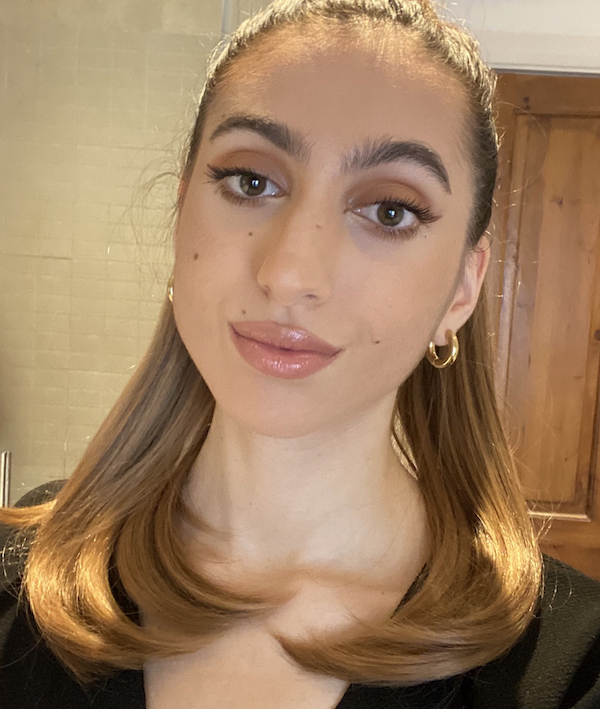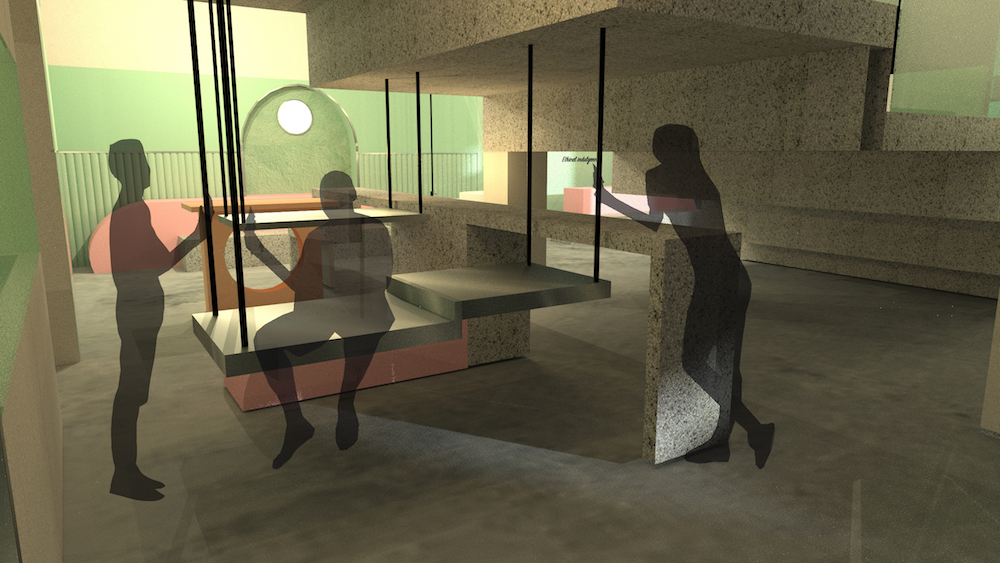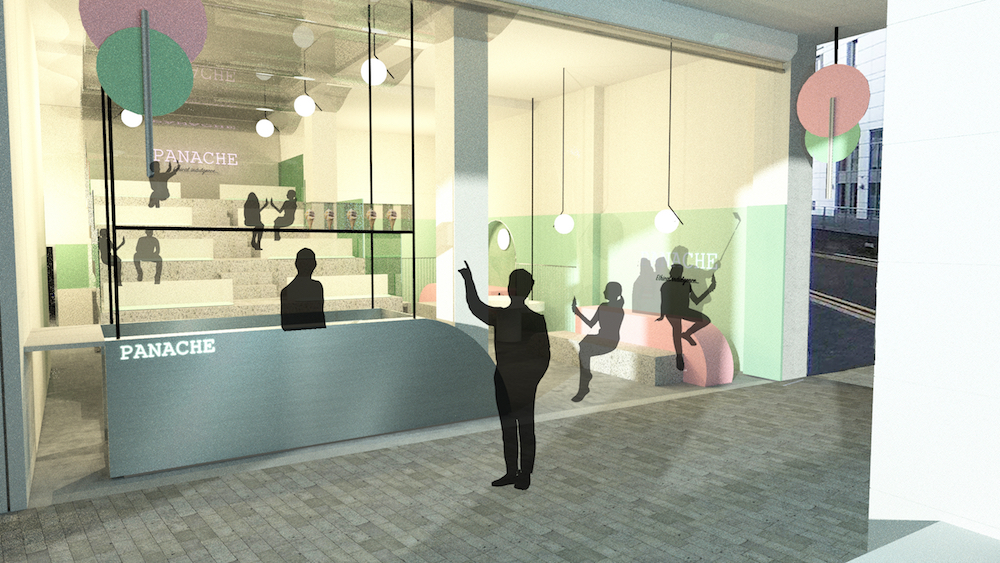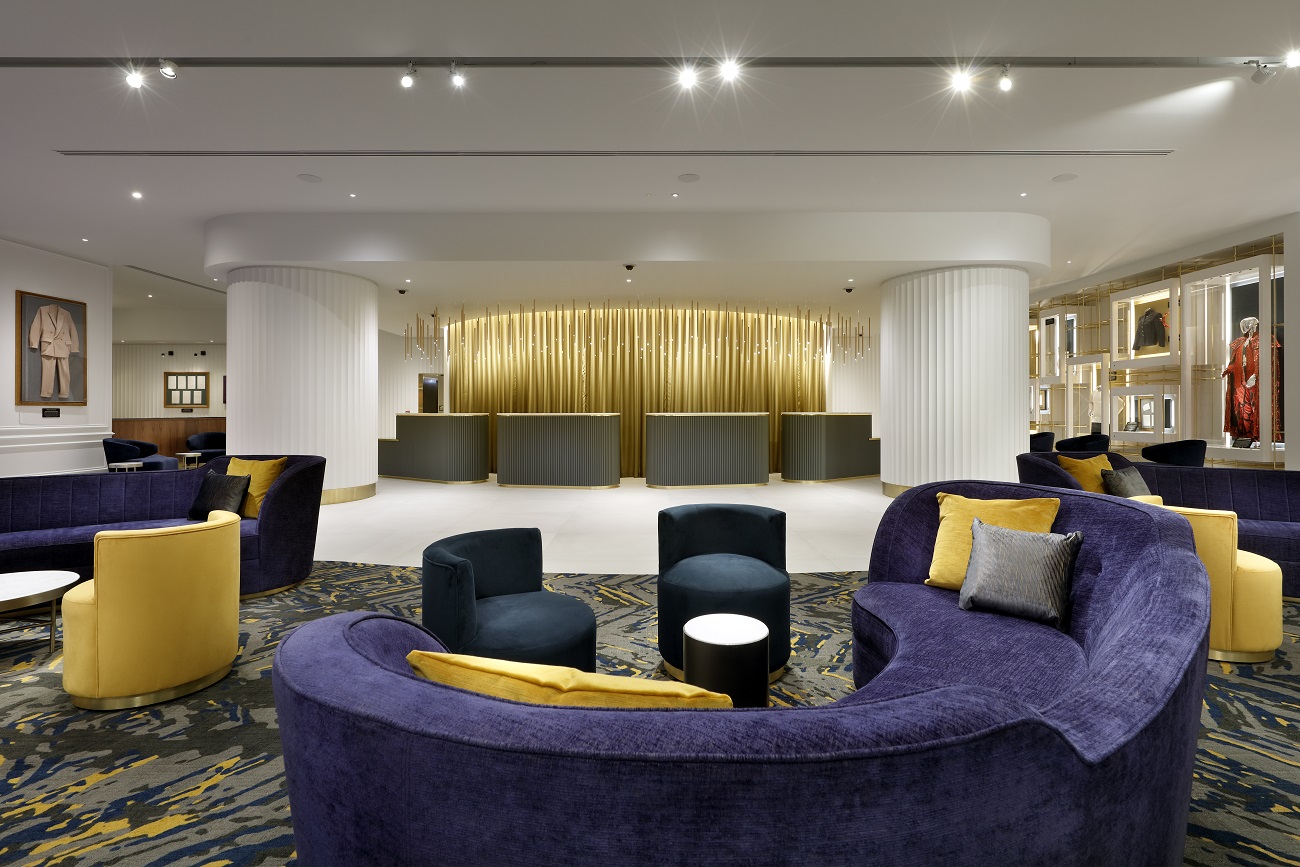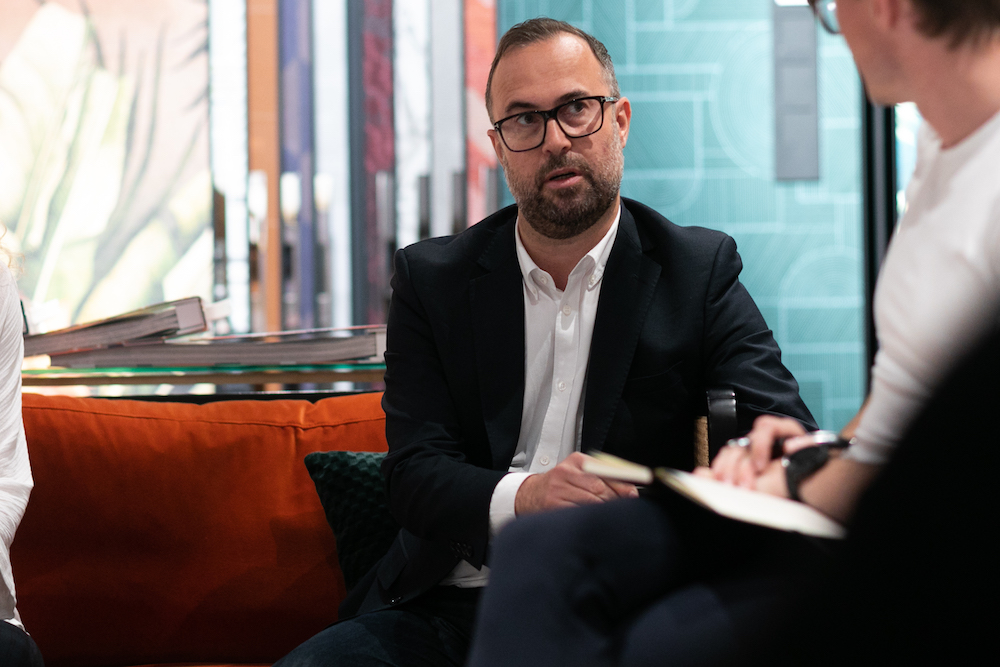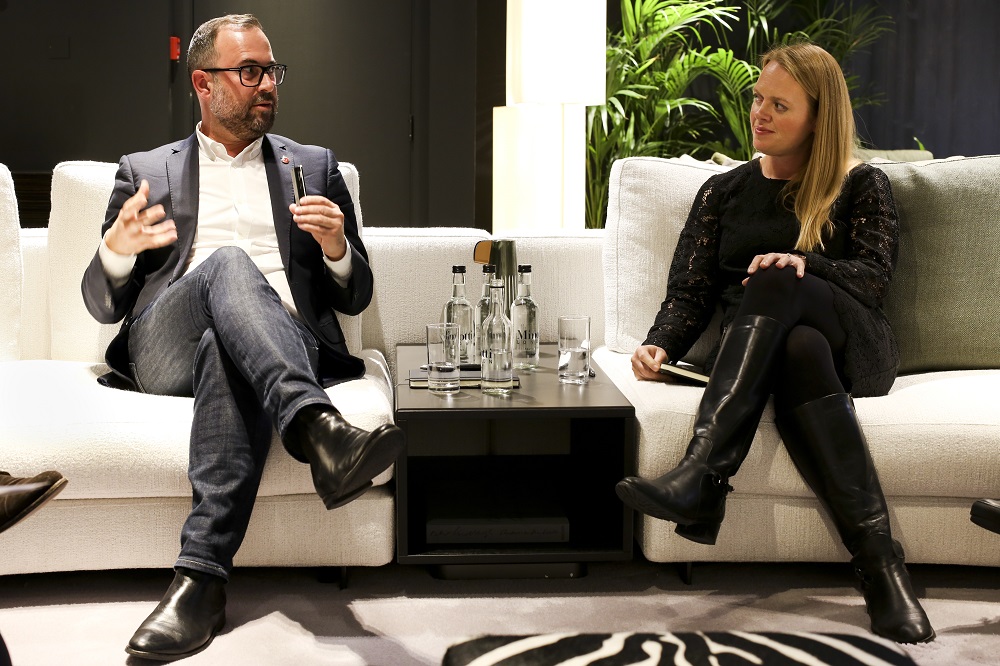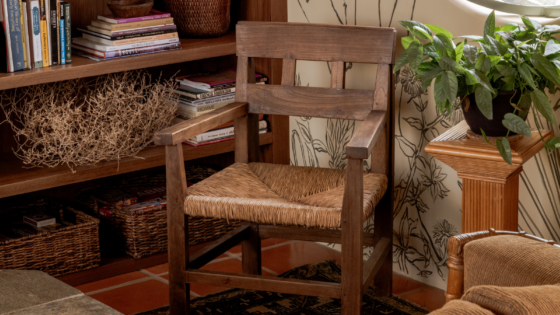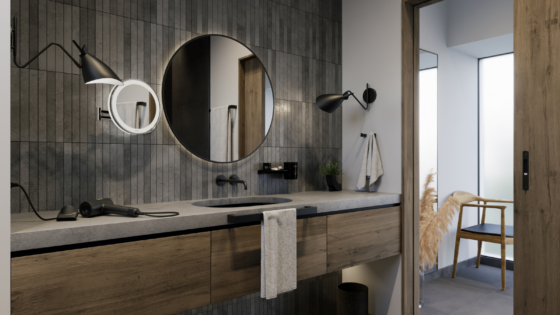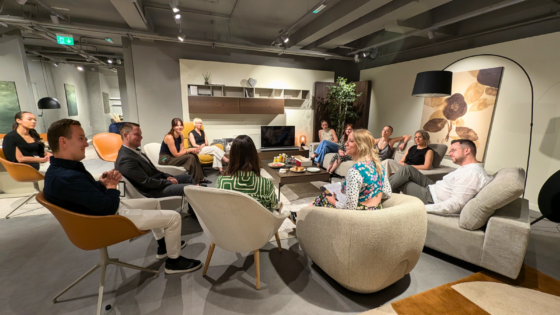In the second interview in an exclusive series between Hotel Designs and NEWH UK Chapter, that aims to bridge the generation gap between designers and architects, editor Hamish Kilburn moderates an interview between young designer Marissa Miltiadous and David Mason, Head of Hospitality at Scott Brownrigg…
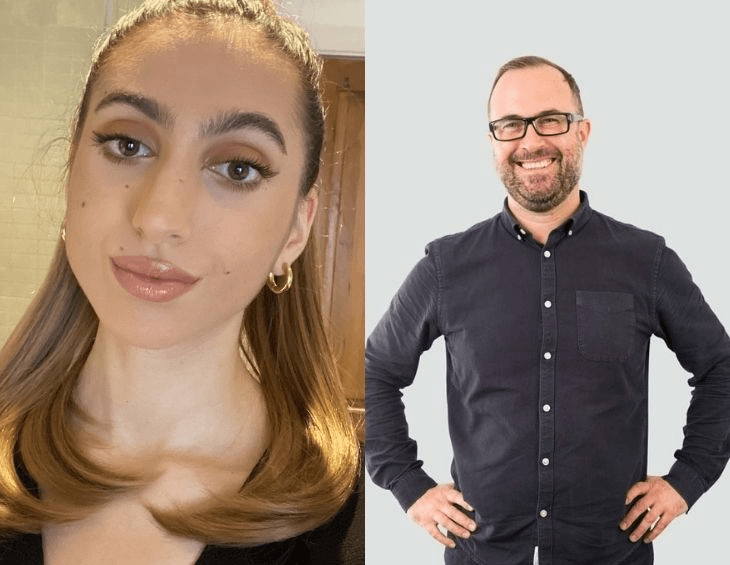
It’s a hard-knock life being a young designer in the current climate. Jobs for juniors are scarce, while opportunities for students entering the workplace are few and far between. However, it’s not like we haven’t been here before – meaning that there is light at the end of the tunnel.
David Mason, Head of Hospitality at Scott Brownrigg encountered a similar start to his career to that of today’s students. In the ‘90s, when Mason was optimistically graduating from university, somewhat naively expecting life to fall into place, the UK was heading into a recession. In short, the landscape for young designers looked pretty bleak. Determined to stay in the design profession, Mason took a role with a graphics company and through hard work, a bit of luck and saying ‘yes’ to almost every opportunities that would strengthen his portfolio, Mason found himself on the radar.
Following stints at Martin Brudnizki Design Studio, Fox Linton Associates, Woods Bagot and consulting independently, in 2016 Mason found ‘his people’ at Scott Brownrigg, entering the studio first as a Project Director, and later (in 2018) became a Director.
Now heading up the hospitality division at the company, he agreed to take part in our next young designer’s interview, this time with Marissa Miltiadous holding the mic, a post-graduate Part 1 designer who, in 2019 won an NEWH scholarship for her ‘studio of fresh thought’ concept.
- Meet our interviewer, Marissa Miltiadous, a young designer – currently looking for work who won an NEWH scholarship for her ‘studio of fresh thought’ concept.
- Meet our interviewee, David Mason, Head of Hospitality and Director, Scott Brownrigg
Marissa Miltiadous: When did you first realise you wanted to be an interior designer?
David Mason: As a youngster, I enjoyed building things and I had an innate creative side. My parents were super supportive and let me follow my dream.
Interior design is so far from being just about decoration. I learned this when specialising in interior design at college. I then received an undergraduate degree from University of Birmingham. Looking back, it’s been an amazing and long journey, full of exciting and unexpected moments that have kept me on my toes and always growing.
“Young designers should not be disheartened by rejection.” – David Mason, Head of Hospitality, Scott Brownrigg.
I graduated in 1993, just as the nation was in the throes of recession. It was a terrible time to enter the market but determined to stay in the design field which I loved I worked as a graphic designer. Two years later I went back to university to study for my masters and then, off the back of that, I applied to London firms. The rest is history. I recognise the hardest part is the first step. Young designers should not be disheartened by rejection, it can often be luck and timing. Interior projects are fast moving and we often need more people should a number of projects go live at the same time. The industry is opening up, albeit slowly, but it is still showing encouraging signs of recovery from the pandemic.
Hamish Kilburn: What about you, Marissa?
MM: I was 14 years old when I realised that I wanted to be an interior design – there were signs younger. [As a child], I would constantly move things around to make spaces look more exciting. I didn’t register at the time that I had a passion for how spaces looked. When I went to university it all fit and I was able to channel my natural instinct towards colour and take my passion further.
- Image caption: Render of Panache, a hospitality concept designed by Marissa Miltadous after winning her NEWH scholarship in 2019.
- Image caption: The part 1 designer’s concept shows a thoughtful use of space, materials and light. Despite her talent, and accolades, Miltiadous is currently looking for work.
MM: What lessons did you learn when entering the workplace?
DM: To be honest, it’s a constant learning process. Every day is different. The most significant lesson I learned as a young designer was understanding that university only sets you up so far but the job is very different in the workplace. My university experience was about pushing students creatively. Our job, in reality, is hard. We are responsible for a lot of components and that’s what makes it great.
When you are design student, you don’t necessarily see the bigger picture. And then, when you enter the workplace, you have to all of a sudden see the large canvas.
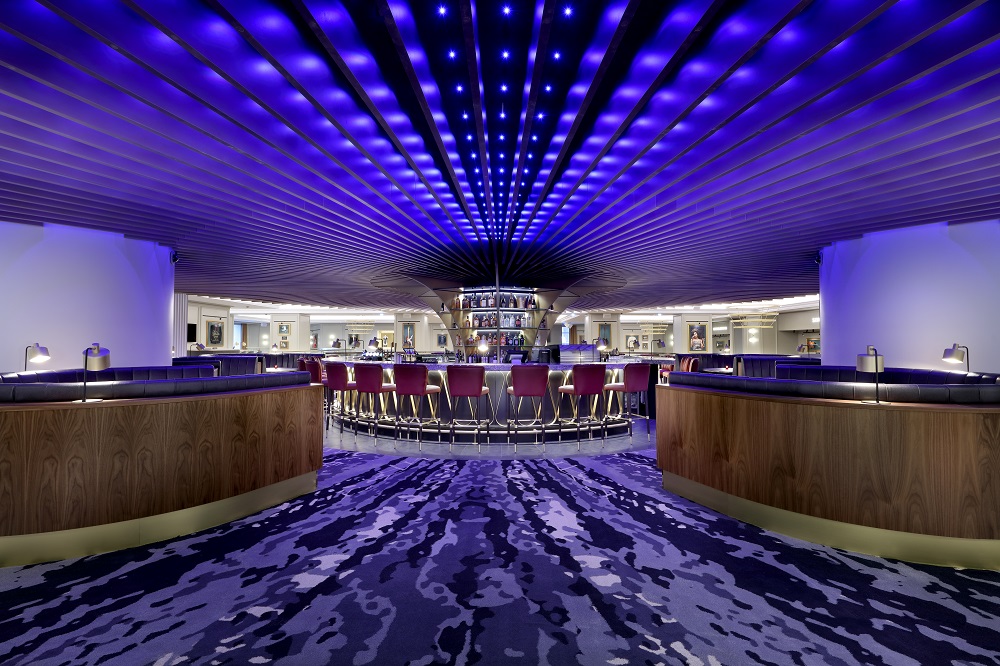
Image caption: Hard Rock Hotel London, designed by Scott Brownrigg | Image credit: Roberto Lara Photography
MM: How does Scott Brownrigg help young designers get the recognition they deserve?
DM: We celebrate our designers as part of a collaborative team. We include junior designers in our meetings – especially during lockdown with the use of seamless software to keep the team together. We also like to include our research and development team in many of our conversations so that we are always moving forward. Internationally, we present our work to our peers, and allow everyone the opportunity, regardless of job title, to have their input. That way, we ensure that everyone is part of the process.
We welcome opinions and everyones voice. We encourage these opinions. That’s where discussion leads to great design – and that, in my opinion, is how we can grow as designers.
MM: What is Scott Brownrigg’s approach to sustainability?
DM: It’s a massive topic for our industry – so much so that we actually have a sustainability and wellness team within our business to keep us on track. It’s always on our agenda. There’s still an outlay for the client – we work on research to ensure that it’s beneficial for the client. For some clients, sustainability is an absolute must and many recognise It goes beyond towel washing and removing miniatures from the bathroom. It’s much larger and starts earlier. We look at carbon-neutral building practice and analyse key factors and requirements to bring down our impact. Being a multi-discipline practice, we have an advantage because we closely with our architects. We are finding that there’s a mutual synergy between everyone involved in our projects to produce buildings that have been designed consciously.
The more that this develops, the more the client starts demanding sustainable approaches, the quicker the costs will come down and that in itself will allow for sustainable design to be much more achievable. You have to get the client on board from the beginning. If you can take the client on a journey with you it allows them to see the the benefit for all.
- Image caption: A suite inside Hard Rock Hotel London, designed by Scott Brownrigg | Image credit: Roberto Lara Photography
- Image caption: The lobby inside Hard Rock Hotel London, designed by Scott Brownrigg. | credit: Roberto Lara Photography
MM: What advice would you give to designers beginning in their careers, particularly now during the pandemic.
DM: Let’s face it, you have been locked away, and that’s not natural. You should be clawing at the walls to get out to see and experience hospitality again – and that should not be limited to what social media wants you to see.
When I started as a junior designer, we read books, flicked through magazines and then went to see the latest new bar and restauarant openings and the spaces that inspired us – even if that meant just ordering a soft drink at the bar because we had no money. So, my advice would be to go and see everything and soak it all in again. As a result, it will not only broaden your mindset but also give you more to play with when it comes to interview. With everything opening back up again, it’s such an interesting time for hospitality and if you want to be part of designing the next era, you have to experience what is happening now!
Also, I know it’s hard at the moment, but keep applying for jobs! When I interview people, I want to know who they follow and who (and what) they are inspired by. People often can’t answer it, which surprises me.
Another big bugbear is when people don’t research our company. Do your homework. Visit the website, go see our projects. Ultimately though, don’t give up, it will happen.
- Image caption: David Mason taking part in a roundtable with Hotel Designs on adding personality in public areas
- Image caption: David Mason and Jo Littlefair taking part in a roundtable wth Hotel Designs on the the new meaning of luxury
MM: What challenges do you see impacting the industry?
DM: For me, during the pandemic there were so many articles about where hotel design is heading – and a lot of them were quite negative. As far as I am concerned, now is such an exciting time for the design industry! Think about it… the festival of design post-war. They built the southbank and created this movement towards new development and design in the wake of a major depression. Now is the time to think completely outside the box. In a blink of an eye, our perspectives have changed. We made lockdown work; we adapted and now that we are coming out of lockdown, we can re-write design and what was ‘the norm’.
MM: What projects are you currently working on?
DM: We are working on a number of hospitality projects with two of our hotels about to start on site.. It’s great timing as it gives our team the opportunity to see the project develop, from demolition, 1st/2nd fix to completion. It’s the only way for the team to see a hotel come together and truly understand what they are drawing. Site knowledge is invaluable, and lessons learnt will be carried through to future projects .
We have also just started on two master plans, one of which will be a major mixed use development with a hotel, ballroom, conference facilities, spa and F&B outlets as well as an experiential project & hotel with a well known lifestyle brand.
MM: Finally, tell me something about yourself that others may be surprised to know about you?
DM: I am grade two on the violin (you asked…)
> Since you’re here, why not read our first interview in this series, between James Ingram and James Dilley?
Main image credit: Scott Brownrigg

